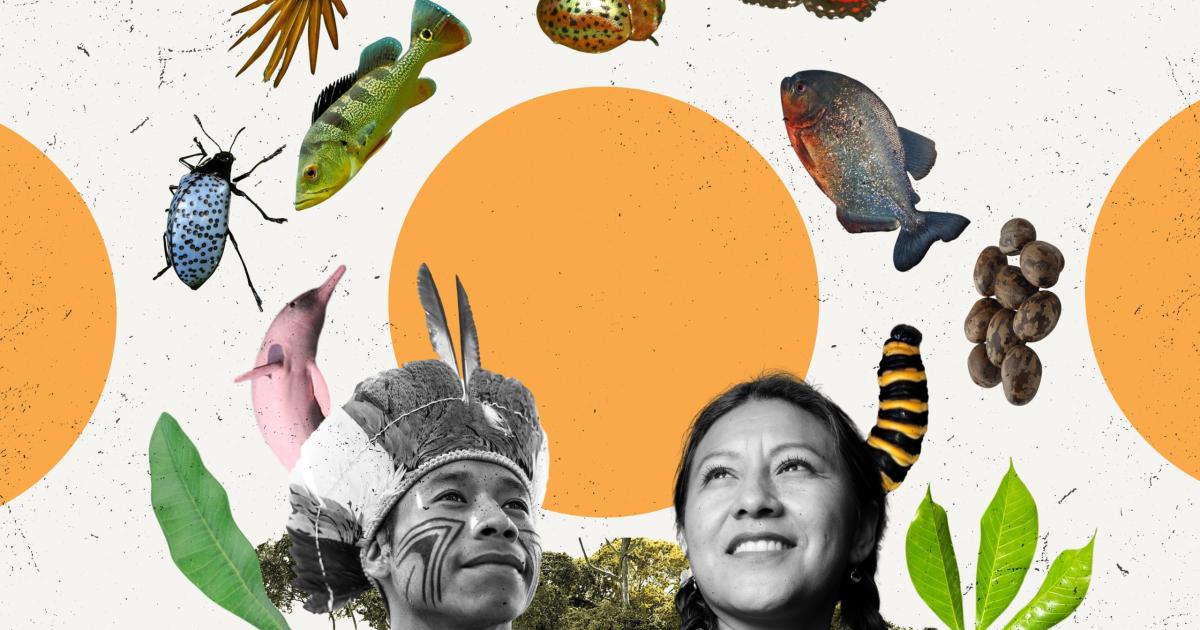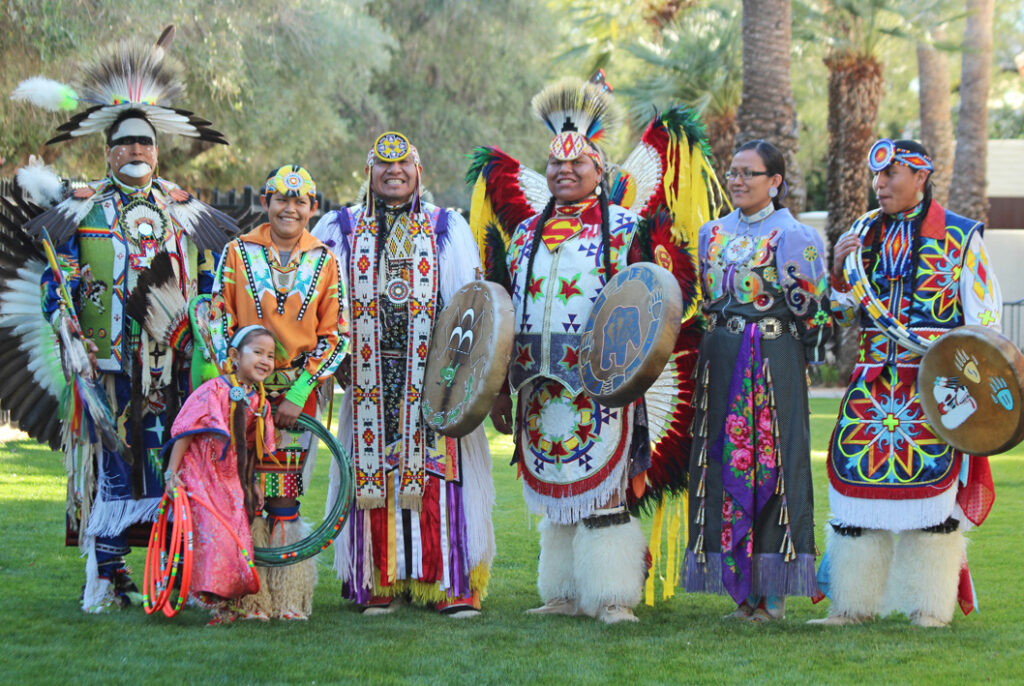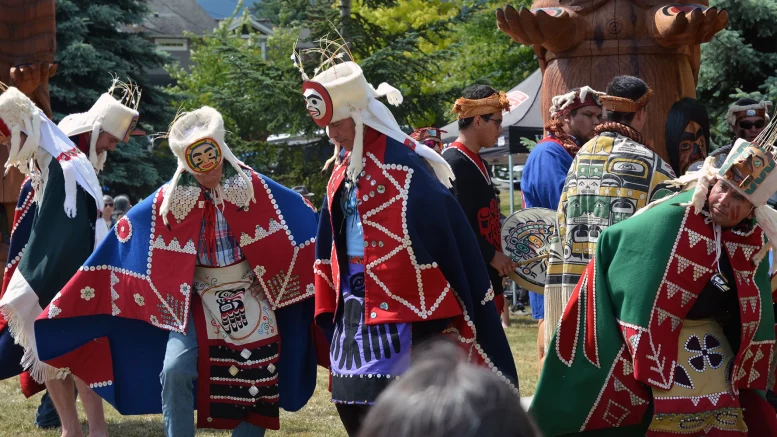In the modern world, where globalization and technological progress accelerate the exchange of information and cultural values, the topic of preserving the heritage of indigenous peoples is becoming increasingly relevant. Cultural traditions, knowledge and symbols that have shaped the identity of these communities for centuries are often the object of commercialization and misuse. In this regard, the issue of protecting the intellectual and cultural property of indigenous peoples is of particular importance, requiring a review of approaches at the international and national levels.
Cultural property as a basis for the identity of indigenous peoples
The cultural rights of indigenous peoples include not only material objects such as crafts, architecture and ritual objects, but also intangible aspects such as language, traditions, rituals and oral traditions. These are not just cultural elements, but also an important part of the collective identity that helps to preserve the unique characteristics of each person and maintain links between generations.
The difficulty in protecting the cultural rights of indigenous peoples is that they are often not subject to the classic intellectual property principles of legal systems. For example, knowledge of medicinal plants or weaving techniques may be passed down from one generation to the next in a community context, without having one specific author. However, this knowledge is increasingly targeted by commercial companies that seek to exploit it for profit without providing any compensation to the communities. In this case, the traditional rights of indigenous peoples to their cultural heritage are vulnerable to the global marketplace.
New approaches to protecting the intellectual property of indigenous communities
Over the past decades, human rights organizations and international institutions such as the UN and WIPO (World Intellectual Property Organization) have been actively working to create mechanisms for the protection of the cultural and intellectual rights of indigenous peoples. One of the key tasks is to develop legal instruments that take into account the uniqueness of traditional knowledge and practices, without limiting them to the framework of classical intellectual property.

One of the most significant steps in this direction was the adoption of the UN Declaration on the Rights of Indigenous Peoples in 2007, which, in particular, emphasizes the right of indigenous communities to preserve, control and protect their cultural traditions and knowledge. However, the declaration alone is not enough for full protection, so the development of special laws at the national level continues.
Some countries have already taken important steps in this direction. For example, Australia and New Zealand have adopted laws affirming the rights of indigenous peoples to their traditional knowledge and practices. These laws not only protect the rights of communities, but also help in the process of their recovery and revitalization after the colonial period. However, many unresolved issues remain, including ensuring legal protection at the international level.
Prospects and challenges towards legal protection of cultural heritage
Despite the growing interest in protecting the cultural property of indigenous peoples, there are many difficulties associated with the practical application of the legislation. One of the key problems is the difference in approaches to cultural property in the Western legal system and traditional indigenous practices. For many indigenous communities, cultural values are common, collective knowledge that is not subject to the concept of private property, which makes it difficult to protect them under existing legal norms.

It is also necessary to ensure that the interests of indigenous peoples are taken into account when decisions are made regarding their cultural property. This requires the creation of platforms for dialogue between states, international organizations and indigenous communities themselves. Only through the participation of the peoples themselves in the processes of drafting legislation can its effectiveness and fairness be ensured.
Thus, ensuring the protection of the cultural and intellectual property of indigenous peoples is a complex but necessary process that requires new approaches and tools at the international and national levels. Recognizing the uniqueness of the cultural values of indigenous communities and respecting their rights to heritage can be an important step towards creating a more just and inclusive society.

